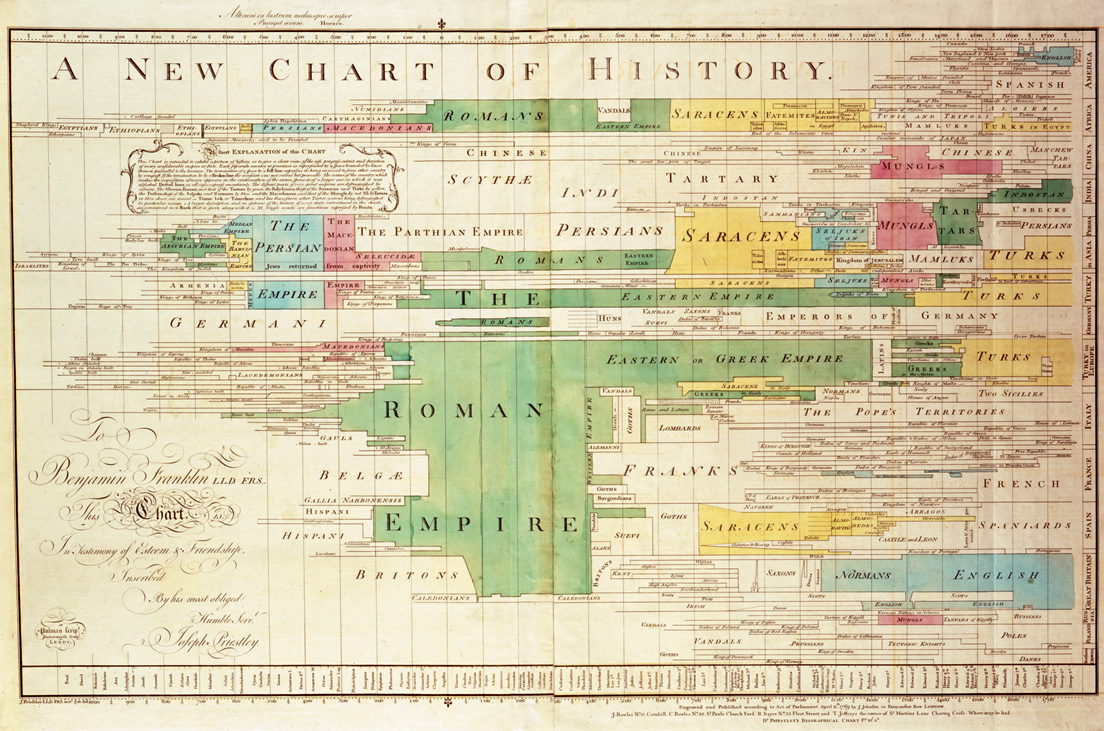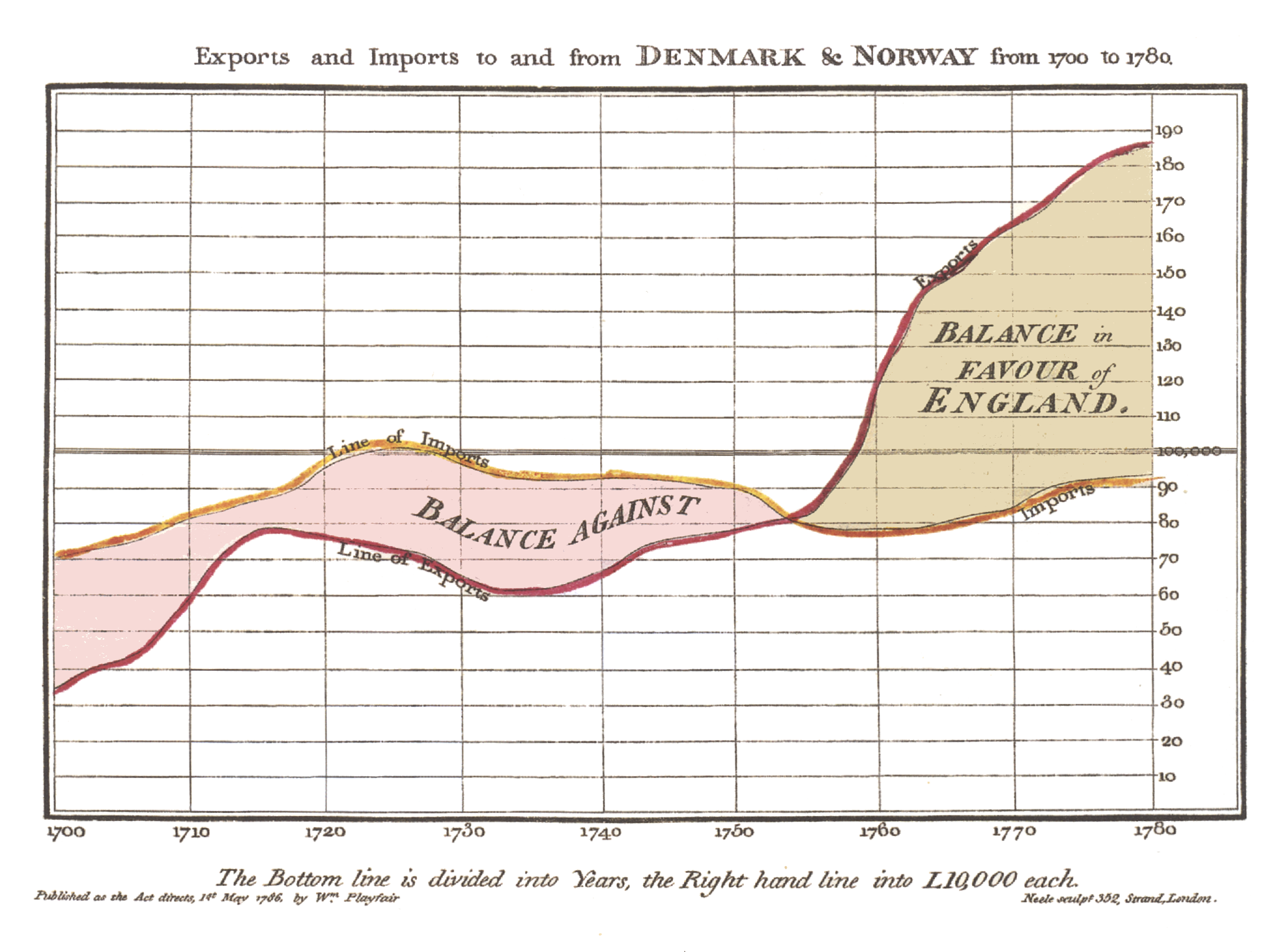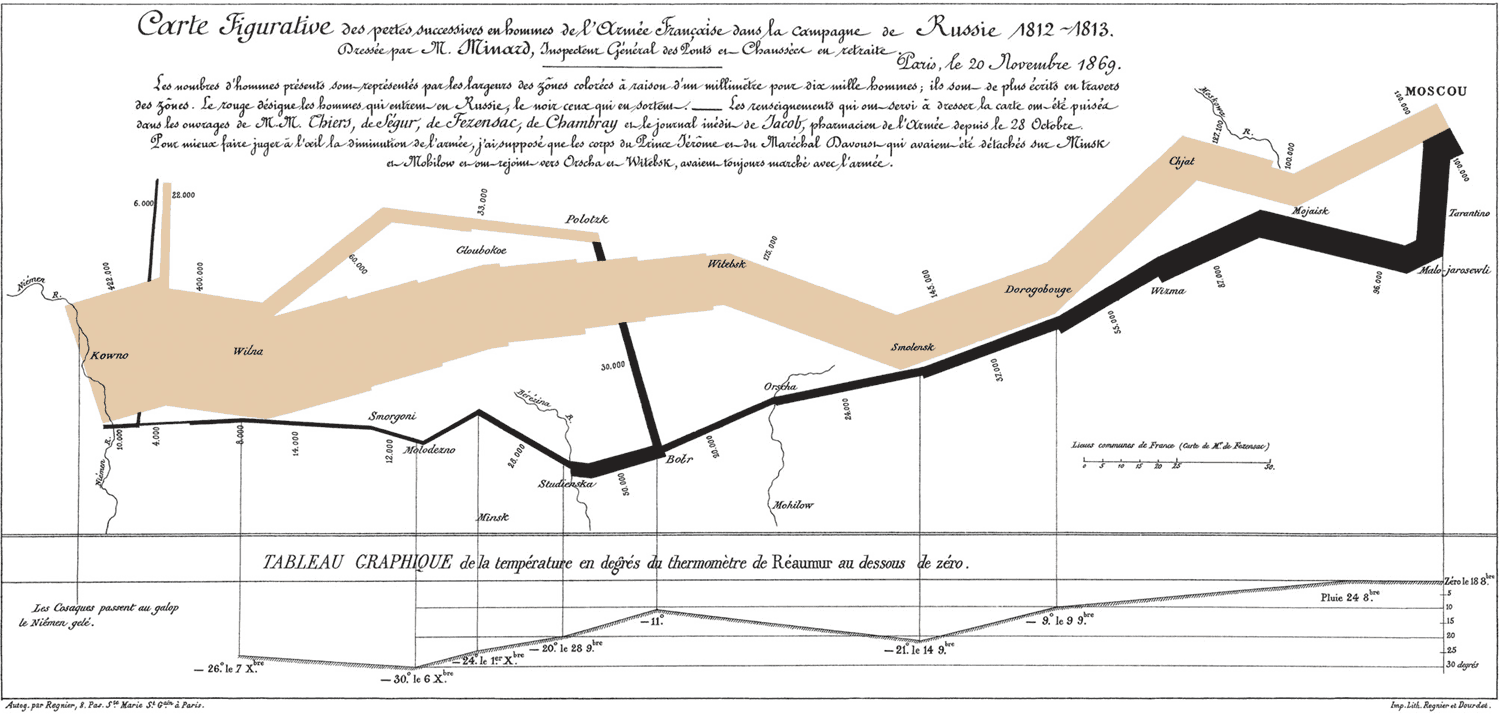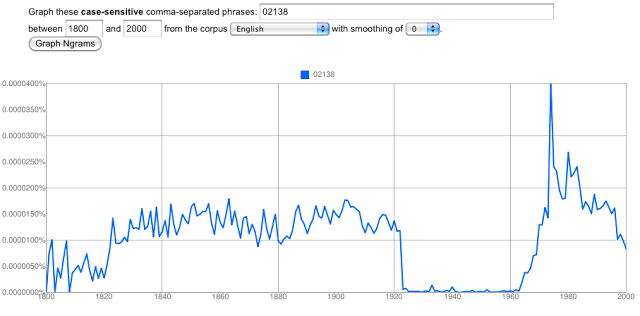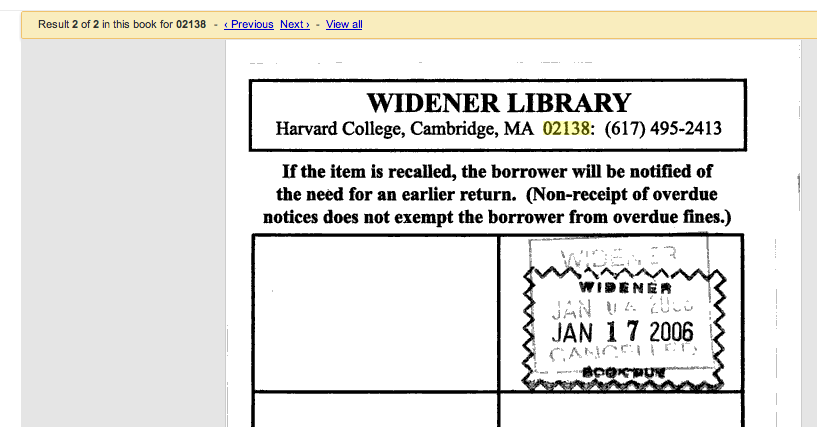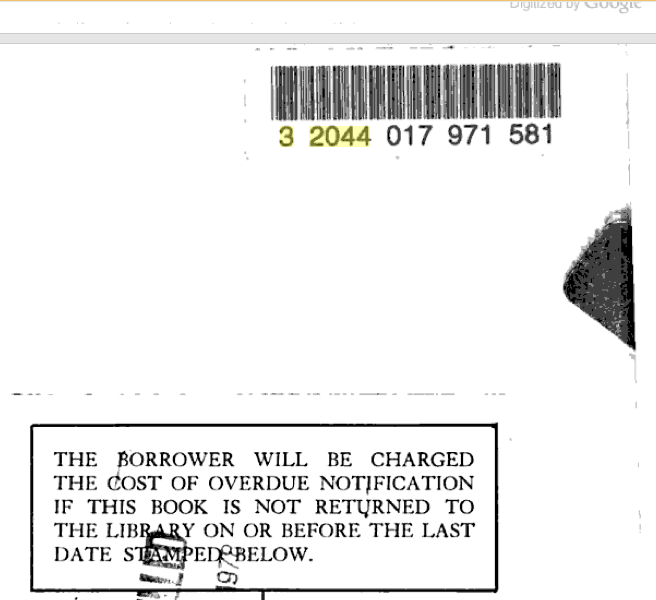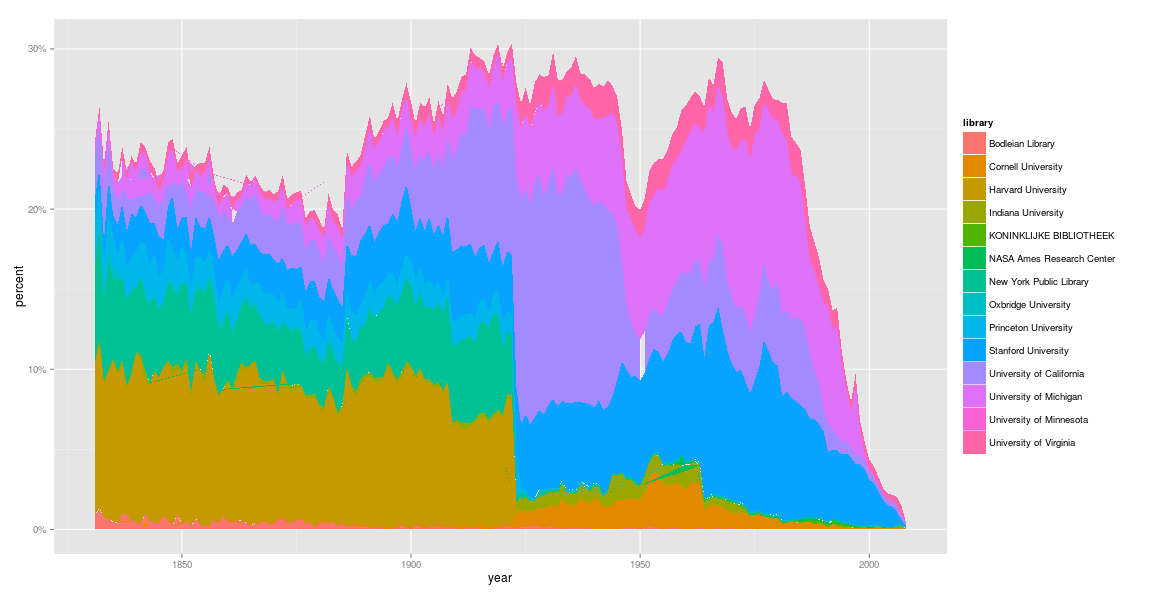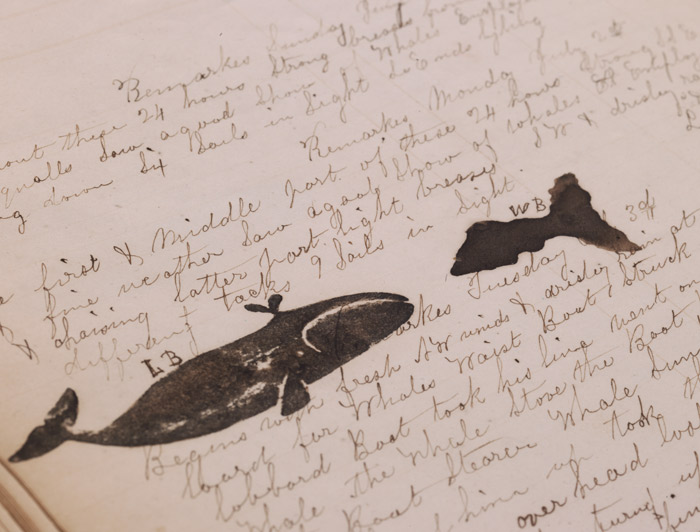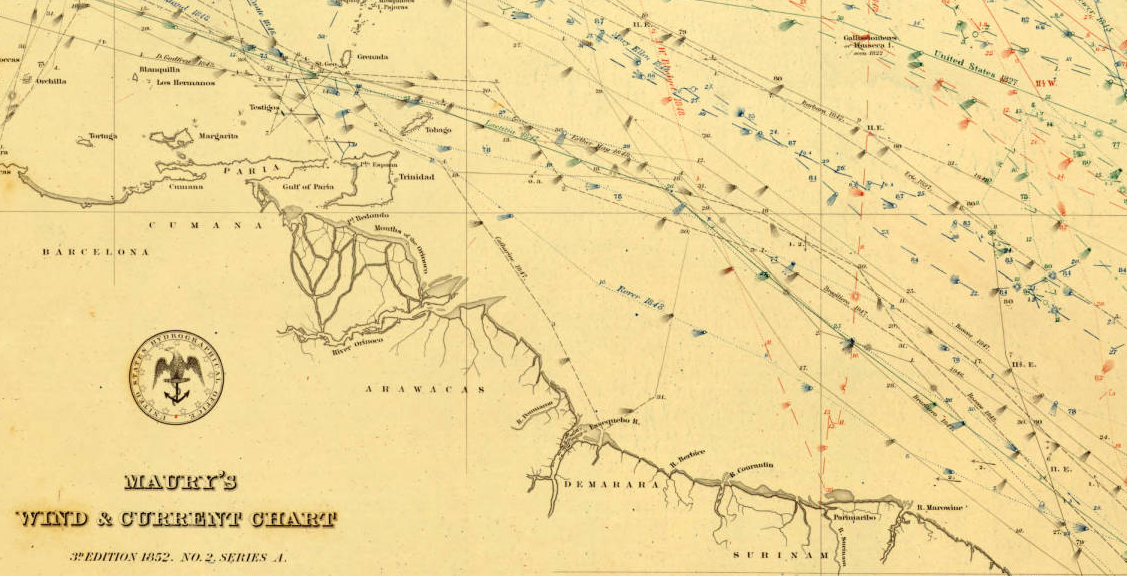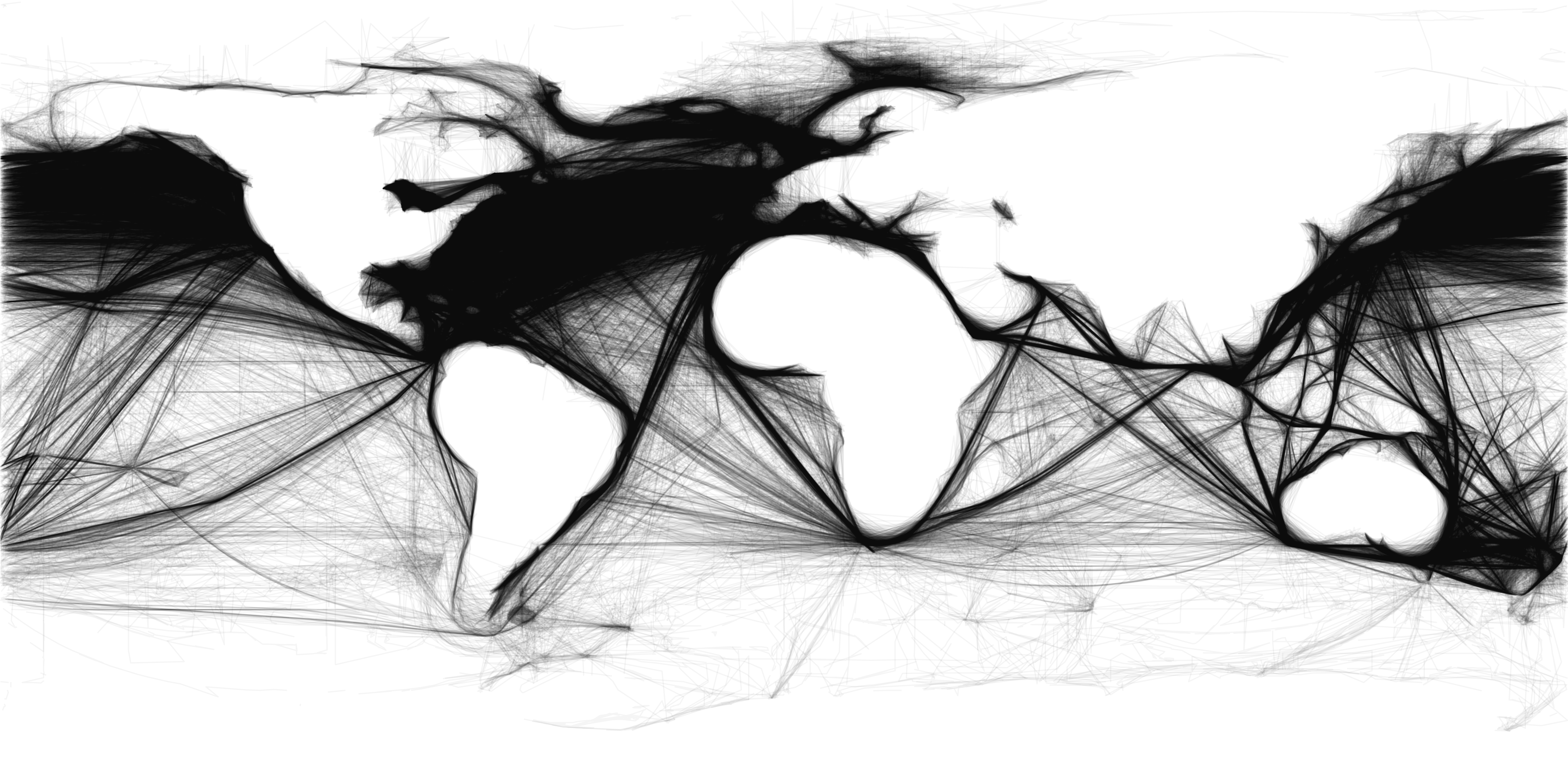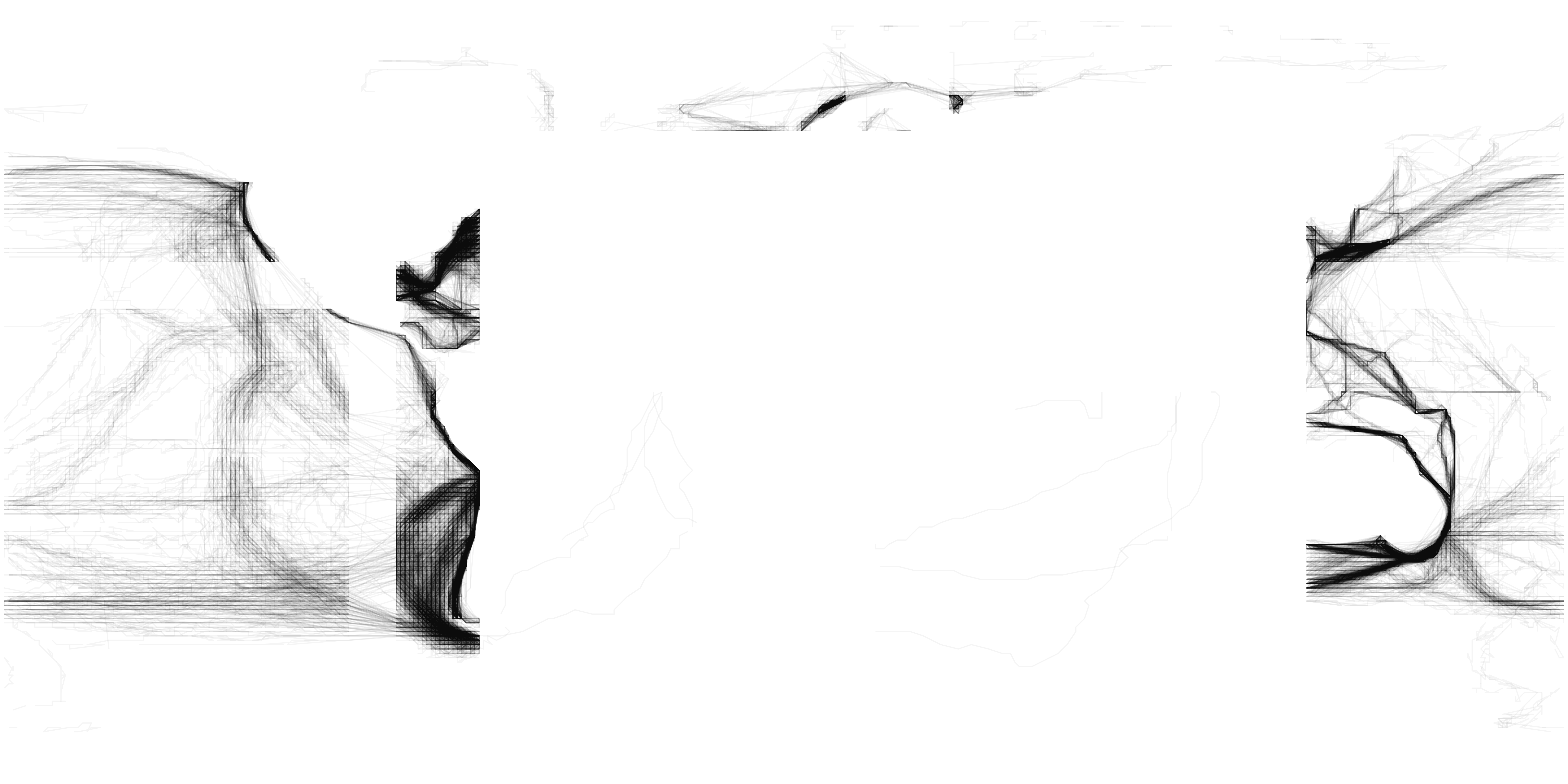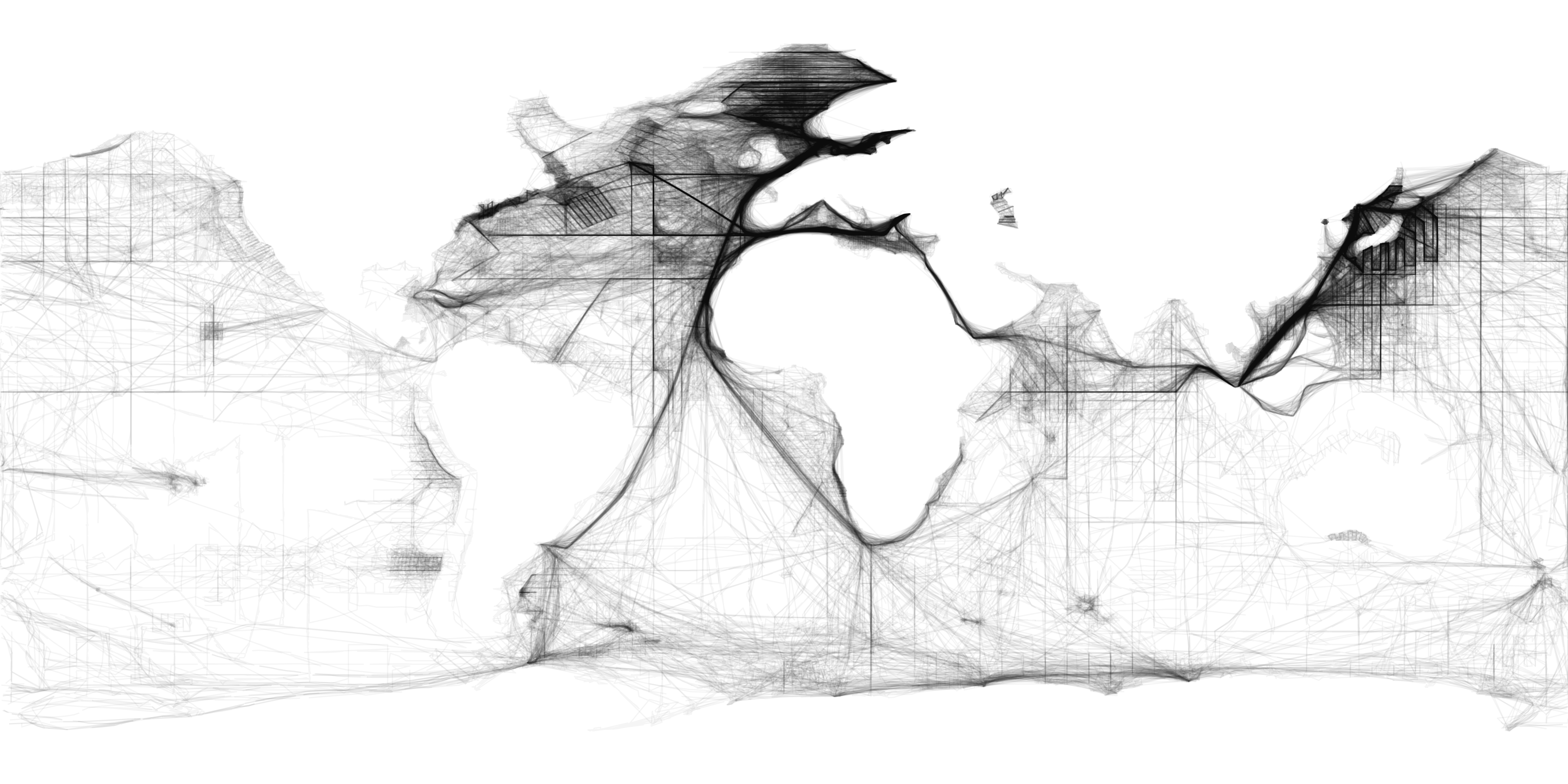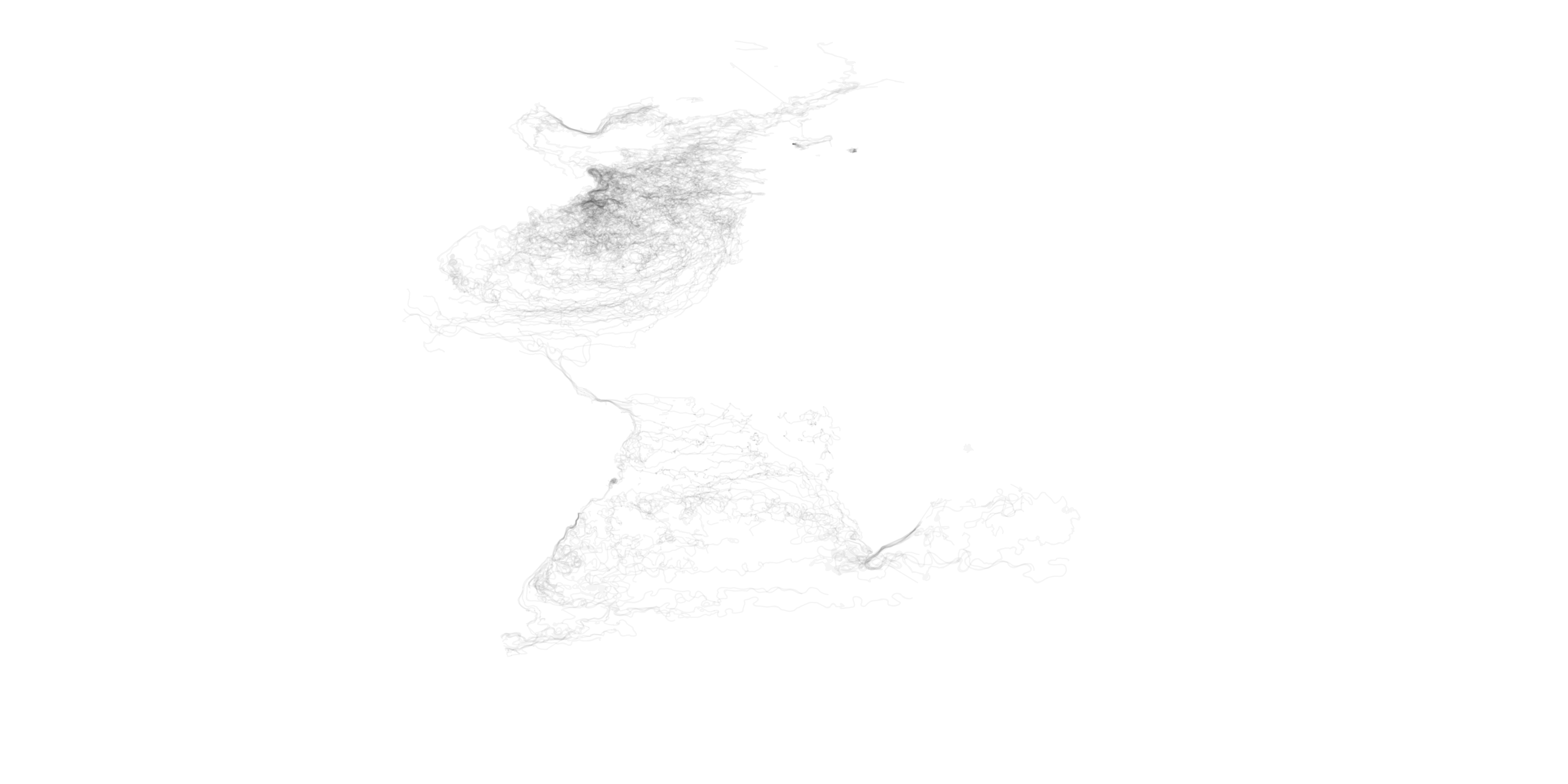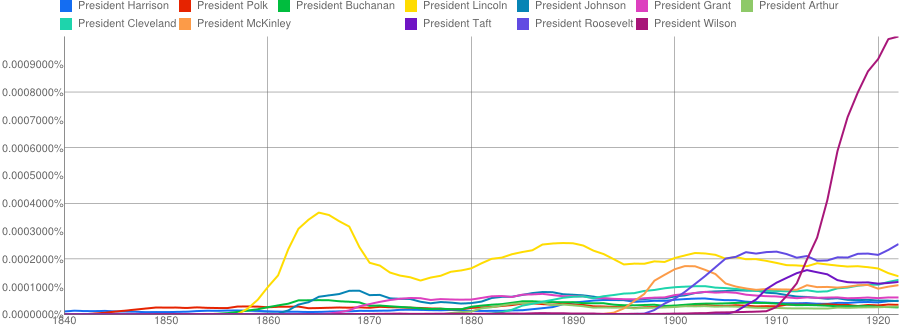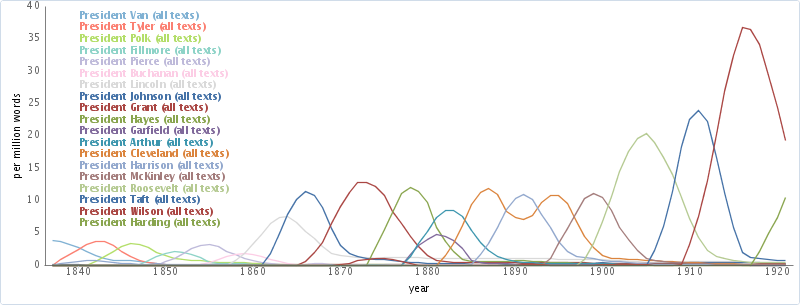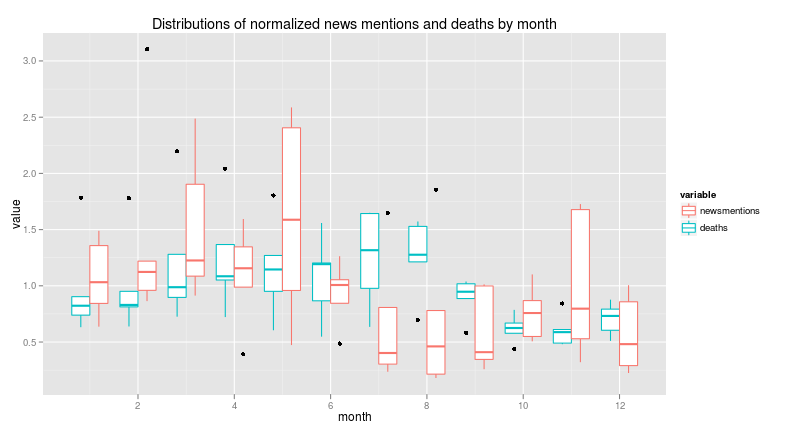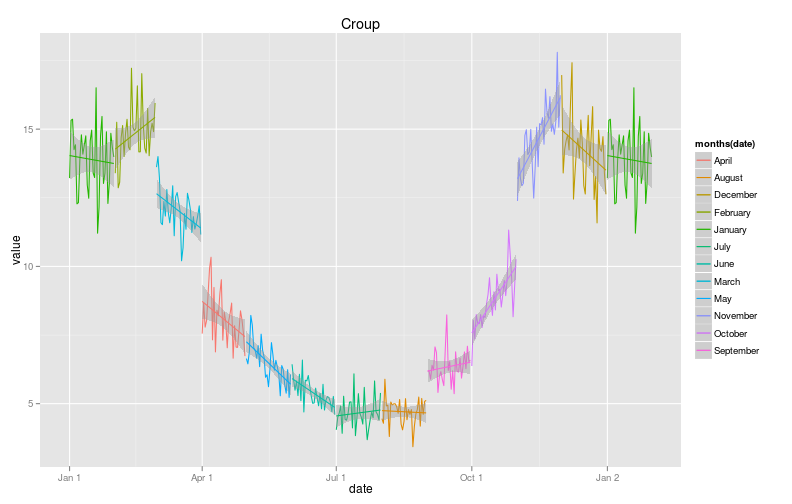Humanities Data Analysis
Benjamin MacDonald Schmidt Assistant Professor of History, Northeastern University
May 2015
Humanities Data Analysis
Humanities Data Analysis
Humanities Data Analysis
- Humanists approach data from the evidence first
- Reading biased sources takes expertise, not algorithms.
- Data tells stories about structures.
- Expressing meaning rather than discoveries requires new forms.
Humanities Data starts with the evidence.
1848 6 1 3723 29038 02 4 10ISABE*_N 1 5
165 20779701 69 5 0 1 FFFFFF77AAAAAAAAAAAA 99 0 790044118480601
3714N 6937W NW 51 NW 57 NW
51 201A.STEWART NEW BEDFORD WHALING V
OYAGE 2620 199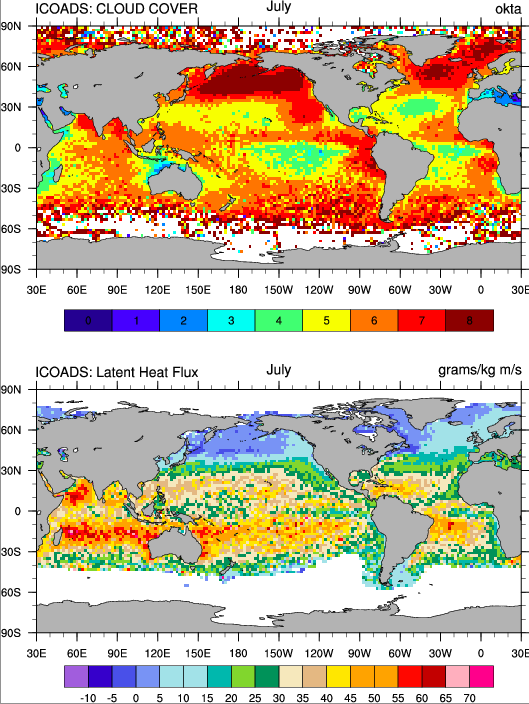
Woodruff et al, ICOADS
Climate metadata, 1789-c.1860

icoads.noaa.gov
- Filtering
- Abstraction
- Representation
Matthew Maury

Confederate Navy Engraving 1862, from http://www.history.navy.mil/library/online/maury_mat_bene.htm
Abstract Logbooks

Undigitized Elements
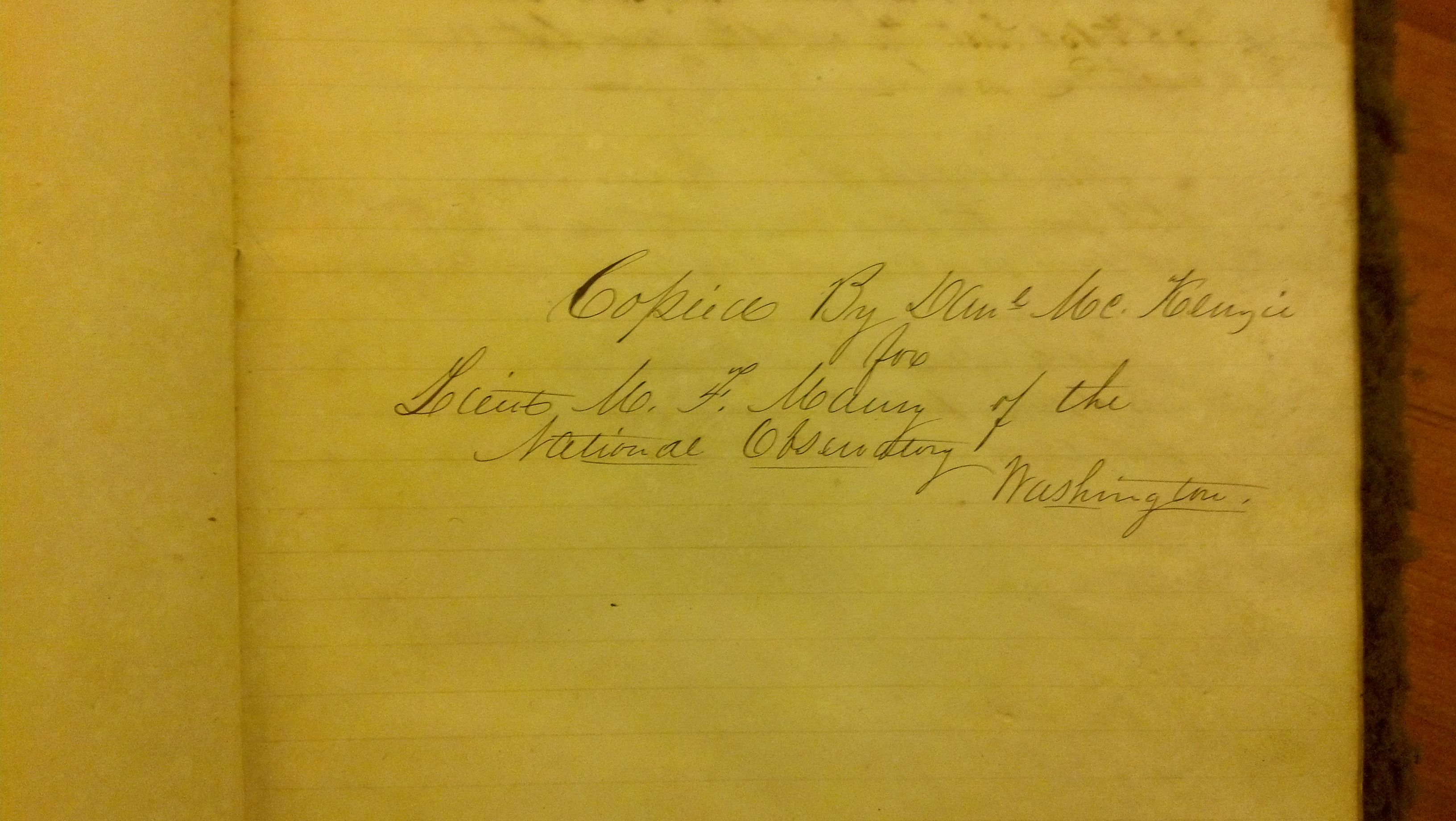
New Bedford Whaling Museum
Undigitized Elements

New Bedford Whaling Museum
Undigitized Elements

New Bedford Whaling Museum
Digitized logbooks, c. 1930

Wallbrink and Koek
Logbook Digitization in the 1920s

Wallbrink, H. and F.B. Koek, Data Acquisition And Keypunching Codes For Marine Meteorological Observations At The Royal Netherlands Meteorological Institute, 1854–1968
Data shows systems at work
Acknowledgements
Institutions
- Northeastern University/Rice University Cultural Observatory
People
- Erez Lieberman Aiden
Neva Cherniavsky, Martin Camacho, Matt Nicklay, Billy Janitsch, JB Michel.
HathiTrust grant Partners
Publication places over time of all the public domain volumes in Hathi Trust
{
"database": "hathipd",
"plotType": "map",
"method": "return_json",
"search_limits": {
"date_year": {
"$gte": 1800,
"$lte": 1922
}
},
"projection": "albers",
"aesthetic": {
"time": "date_year",
"point": "publication_place_geo",
"size": "TextCount"
}
}
Arbitrarily complex queries and visualizations: newspaper flu coverage, 1917-1919
{"database": "ChronAm",
"plotType": "map",
"method": "return_json",
"search_limits": {"word":["flu","influenza","pneumonia"],
"publish_year":{"$gte":1918,"$lte":1920}},
"smoothingSpan":25,
"projection":"USA",
"aesthetic": {
"time":"publish_day",
"point": "placeOfPublication_geo",
"size": "TextPercent"}}Exploratory Data Analysis as Interpretation
Top 30 queries in the Rate My Professors browser, by slant.
Predominantly female:
mean nice helpful unfair annoying rude caring kind disorganized
Predominantly male:
funny smart sexy brilliant boring intelligent genius interesting cute good
No consistent difference:
hot bossy stupid hard bad teacher ugly fair easy dumb bad attractive
Bonus Tracks
The recent legendaries record whole armies and cities which were at once swept away by the undistinguishing rage of persecution. The more ancient writers content themselves with pouring out a liberal effusion of loose and tragical invectives, without condescending to ascertain the precise number of those persons who were permitted to seal with their blood their belief of the Gospel. From the history of Eusebius it may however be collected that only nine bishops were punished with death; and we are assured, by his particular enumeration of the martyrs of Palestine, that no more than ninety-two Christians were entitled to that honourable appellation.(182) As we are unacquainted with the degree of episcopal zeal and courage which prevailed at that time, it is not in our power to draw any useful inferences from the former of these facts: but the latter may serve to justify a very important and probable conclusion. According to the distribution of Roman provinces, Palestine may be considered as the sixteenth part of the Eastern empire: (183) and since there were some governors who, from a real or affected clemency, had preserved theirs hands unstained with the blood of the faithful,(184) it is reasonable to believe that the Country which had given birth to Christianity produced at least the sixteenth part of the martyrs who suffered death within the dominions of Galerius and Maximin; the whole might consequently amount to about fifteen hundred, a number which, if it is equally divided between the ten years of the persecution, will allow an annual consumption of one hundred and fifty martyrs. Allotting the same proportion to the provinces of Italy, Africa, and perhaps Spain, where, at the end of two or three years, the rigour of the penal laws was either suspended or abolished, the multitude of Christians in the Roman empire, on whom a capital punishment was inflicted by a judicial sentence, will be reduced to somewhat less than two thousand persons. Since it cannot be doubted that the Christians were more numerous, and their enemies more exasperated, in the time of Diocletian than they had ever been in any former persecution, this probable and moderate computation may teach us to estimate the number of primitive saints and martyrs who sacrificed their lives for the important purpose of introducing Christianity into the world.





